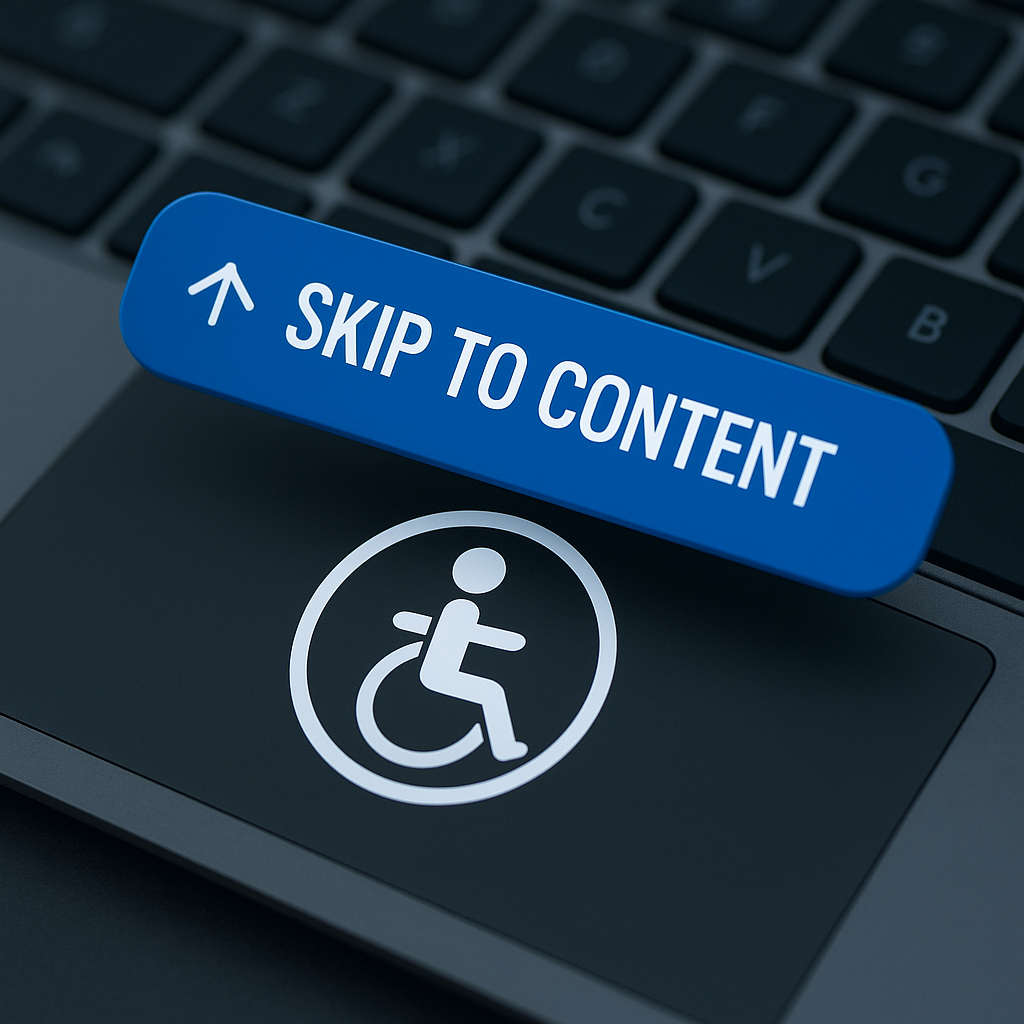The Web Content Accessibility Guidelines (WCAG) 2.2 have officially been adopted as an international standard: ISO/IEC 40500:2025.
That might sound like another quiet standards update, but it’s actually a big deal for digital accessibility. WCAG has always guided how we make the web usable for everyone, but ISO status gives it real global weight. It means the principles and success criteria that designers and developers already follow now have formal recognition as part of international law and policy frameworks.
What WCAG 2.2 Adds
WCAG 2.2 builds on the foundation of 2.1 and introduces nine new success criteria designed to improve accessibility for people with cognitive and mobility impairments, and for users on mobile devices.
Some key updates include:
- Focus not obscured (2.4.11 & 2.4.12) – making sure focus indicators stay visible when elements overlap.
- Focus appearance (2.4.13) – requiring stronger visual indicators for keyboard focus.
- Dragging movements (2.5.7) – ensuring users can perform actions without complex dragging.
- Target size (minimum) (2.5.8) – defining minimum touch target sizes for buttons and links.
- Consistent help (3.2.6) – keeping support options easy to find throughout a site.
- Redundant entry (3.3.7) – reducing repeated data entry for users with memory or mobility challenges.
- Accessible authentication (3.3.8 & 3.3.9) – making login and verification easier for all users.
One older rule, Parsing (4.1.1), has been retired. The rest of WCAG remains backward-compatible, meaning a site that meets WCAG 2.2 at Level AA also meets 2.1 and 2.0 at the same level.
Why ISO Status Matters
When WCAG becomes an ISO standard, it steps into a different league. ISO standards are used in national legislation, procurement, and certification across the world.
That means:
- Governments and large organisations can now directly reference WCAG 2.2 as a formal standard, not just a recommendation.
- Public sector tenders and digital contracts can point to ISO/IEC 40500:2025 for accessibility compliance.
- International consistency improves, helping align accessibility laws and digital regulations between countries.
For developers, designers, and agencies, it’s a signal that accessibility is no longer a nice-to-have. It’s a requirement backed by international consensus.
What to Do Next
If your site or app already follows WCAG 2.1, you’re in a good position. But it’s worth auditing against the new criteria, especially for focus, touch, and authentication features.
Here are some practical steps:
- Update your accessibility statement to reference WCAG 2.2 Level AA (ISO/IEC 40500:2025).
- Test your forms, buttons, and focus states against the new success criteria.
- Check mobile usability and ensure all interactive targets meet minimum touch sizes.
- Review authentication and login processes to make sure they’re inclusive.
- Inform clients and teams that WCAG 2.2 is now the global standard.
Looking Ahead
The publication of WCAG 2.2 as ISO/IEC 40500:2025 gives accessibility work more credibility and structure than ever before. It reinforces that inclusive design isn’t optional. It’s a core part of professional web development.
If you’re maintaining or building WordPress sites, this is the perfect time to review your accessibility practices and align your projects with the latest international benchmark.


